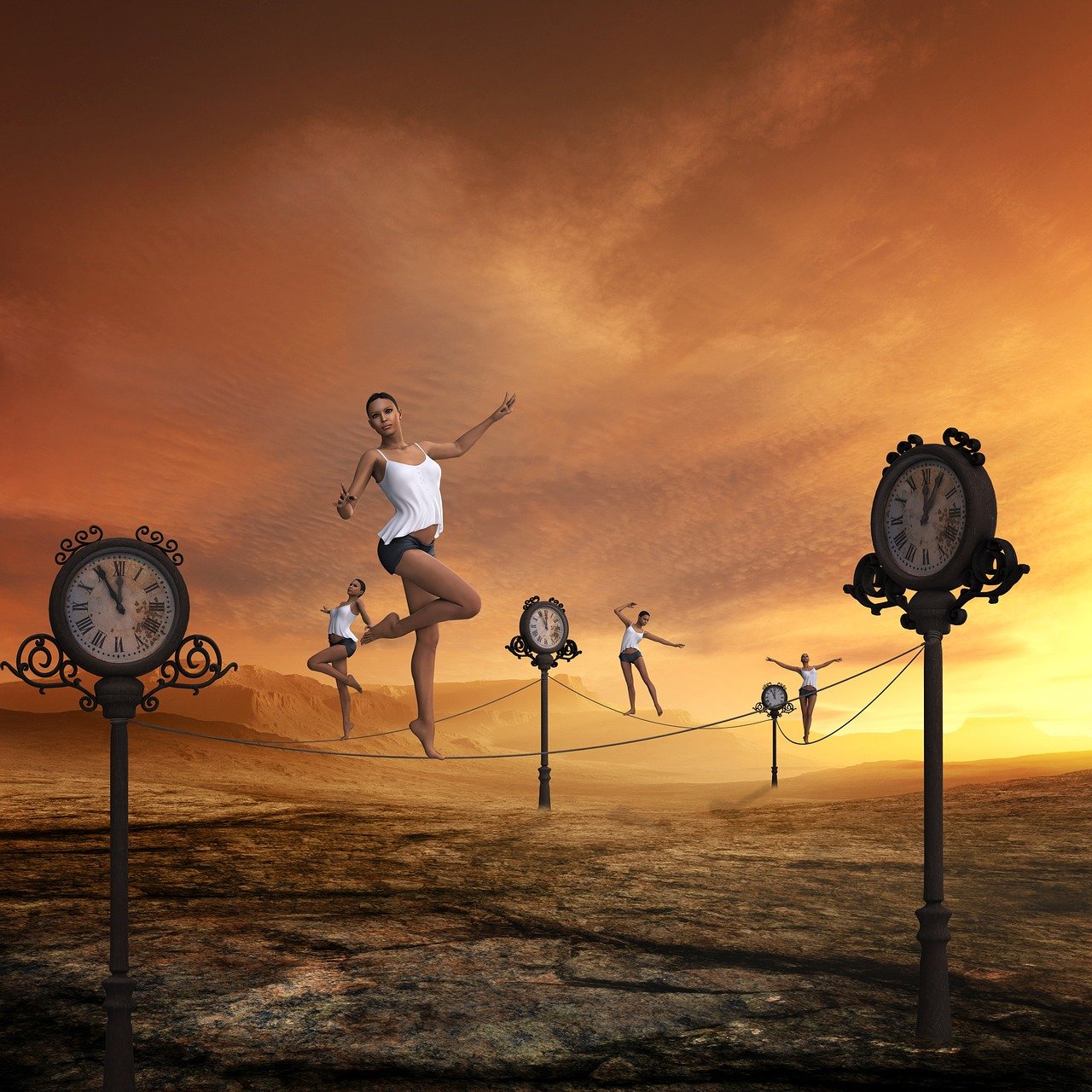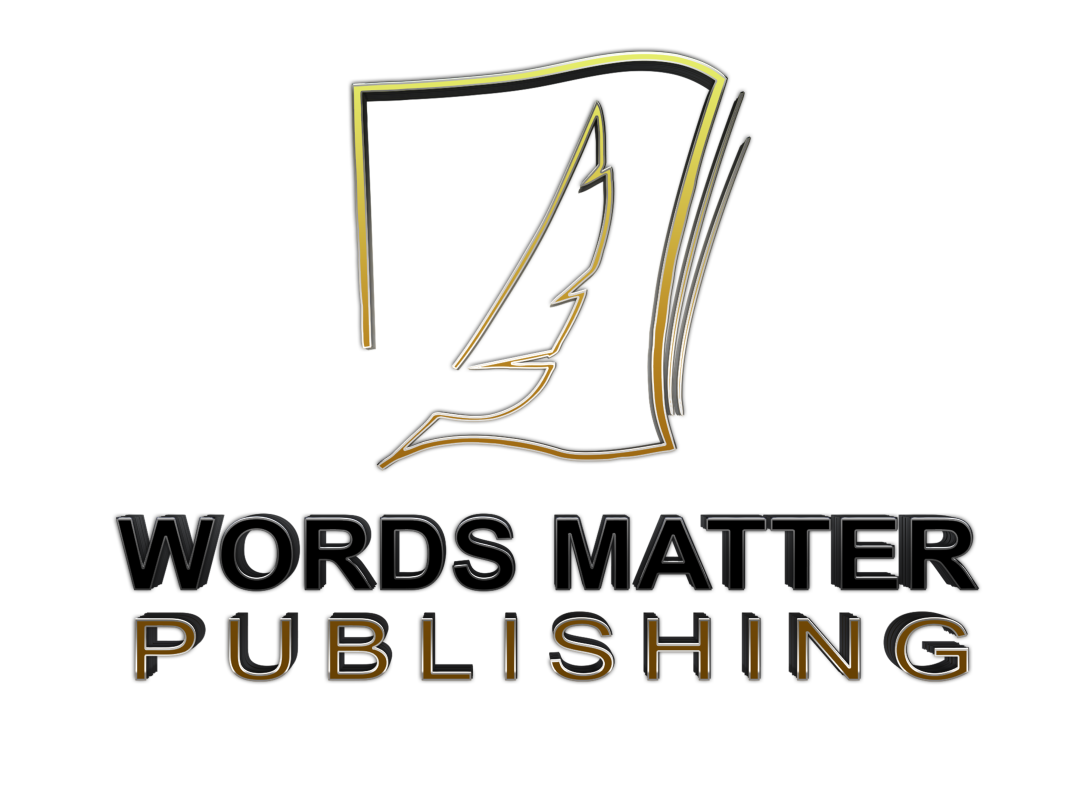
How to Master the Rhythm That Keeps Readers Turning Pages
Your story might have unforgettable characters and an airtight plot—but if your pacing is off, readers will drift. Or worse, they’ll put the book down and never come back.
Pacing is the rhythm of your story. It’s how fast (or slow) events unfold, how tension rises and falls, and how your reader experiences the story’s heartbeat. Mastering pacing is less about following rigid rules and more about controlling the experience—knowing when to sprint, when to stroll, and when to stop and breathe.
In this post, we’ll dive into how to pace your novel like a pro, fix pacing problems, and build a reading experience that hooks from beginning to end.
What Is Pacing?
Pacing refers to the speed at which your story moves. It’s affected by:
- Scene length and structure
- Sentence rhythm and paragraph density
- Action vs. introspection
- Dialogue vs. description
- How quickly conflict escalates
In short: pacing is how your story feels as it unfolds.
Why Pacing Matters
Good pacing:
- Builds suspense and tension
- Gives emotional moments space to resonate
- Keeps readers engaged and invested
- Creates contrast between highs and lows
Too fast, and your story feels rushed. Too slow, and it drags. The best stories are rhythmic—a dance of momentum and stillness.
The Natural Pacing Curve
Most well-paced novels follow a familiar shape:
- Hook (fast): Grab attention immediately
- Setup (steady): Introduce stakes, setting, and characters
- Rising tension (accelerate): Conflicts mount, stakes rise
- Climax (fastest): Everything explodes
- Falling action (slow): Consequences settle
- Resolution (slow/reflective): Emotional closure
Techniques to Speed Up Pacing
Use these when the story needs urgency, tension, or momentum:
- Shorter Sentences and Paragraphs
Quick syntax = quick rhythm.
- “He ran. He fell. He didn’t get up.”
- Action-Oriented Language
Use strong verbs. Cut fluff.
- Not: “He began to start running.”
- Use: “He sprinted.”
- Scene Cuts
Drop unnecessary transitions. Jump into the next action.
- Omit Reflection
In high-tension moments, reduce internal monologue.
- Dialog-Heavy Scenes
Snappy, escalating conversations move faster than pages of description.
Techniques to Slow Down Pacing
Use these when readers need time to process, feel, or understand:
- Internal Thought
Let characters reflect. Add depth.
- What are they feeling? Fearing? Choosing?
- Sensory Description
Engage all five senses.
- Let readers experience the moment fully.
- Flashbacks or Memories
Used sparingly, these add context or emotional resonance.
- Stretch Time in Emotional Moments
Big moments deserve breathing room. Don’t rush a character death or a first kiss.
- Scenic Transitions
Let the setting shift reflect pacing: a sunset walk, a storm rolling in, a long-awaited reunion.
Common Pacing Mistakes (and How to Fix Them)
❌ Everything Happens Too Fast
- Fix: Add beats of internal reaction, description, or setup.
❌ Long Chapters Without Movement
- Fix: Break into smaller scenes with clear goals and tension.
❌ Repetitive Scenes
- Fix: Combine or cut scenes that don’t add something new.
❌ Rushed Ending
- Fix: Slow down the climax fallout. Let readers feel the impact.
Micro-Pacing: Sentence and Paragraph Rhythm
Pacing doesn’t just happen across chapters—it lives in the line-level writing.
Compare:
“She turned, eyes wide. The door slammed. Footsteps—close. Too close.”
vs.
“She turned slowly, heart thudding. The door behind her slammed shut with a thud that echoed through the long hallway. Someone was coming. She could hear them now, each step deliberate.”
Both are good—but the first is for panic, the second for dread.
Match your pacing to the emotion.
When to Let Your Story Breathe
Slowing down isn’t a mistake—it’s essential. Breathe moments:
- After big reveals
- Between action scenes
- Before the climax
- In character-driven scenes
These pauses give the reader time to feel, understand, and connect.
Tools for Managing Pacing in Revisions
- Scene Map: Track scene length and tension level
- Beat Sheets: Outline turning points and emotional highs/lows
- Color Coding: Mark scenes by type (action, reflection, dialogue)
- Beta Feedback: Ask where readers skimmed or got bored
Final Thoughts: Ride the Rhythm
Writing isn’t just about what happens—it’s about how it happens. Your job isn’t just to tell a story—it’s to orchestrate an experience.
So listen to the beat of your story. Feel when it needs to pulse faster. Know when it needs to pause. And trust your instincts to find the rhythm that keeps your readers moving, feeling, and craving more.
Because when your pacing is right—they’ll never want to put it down.

